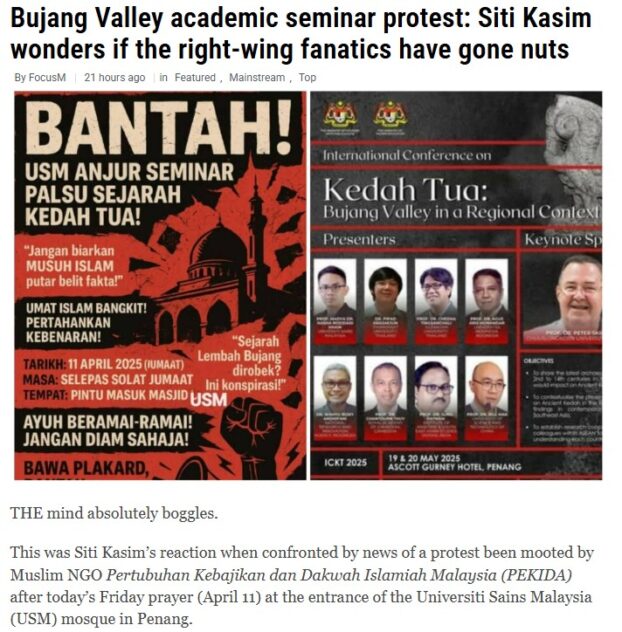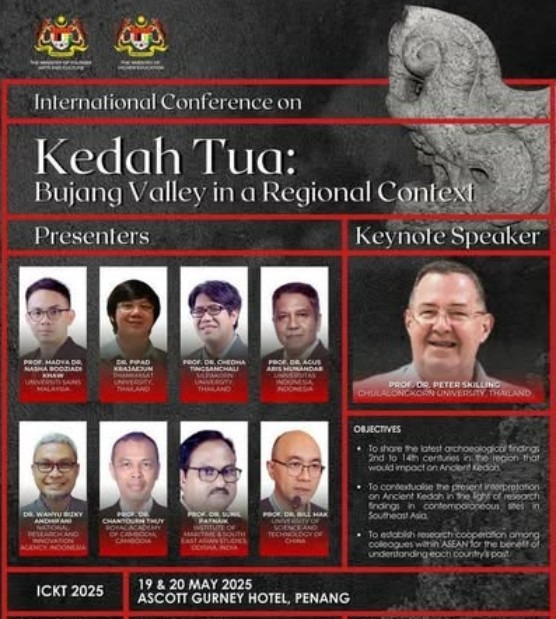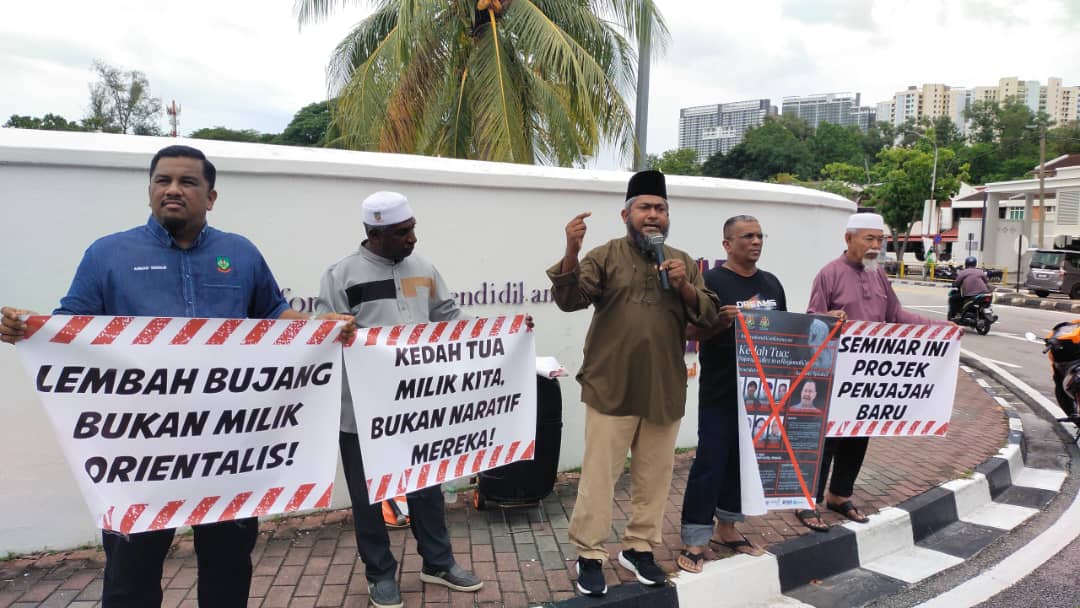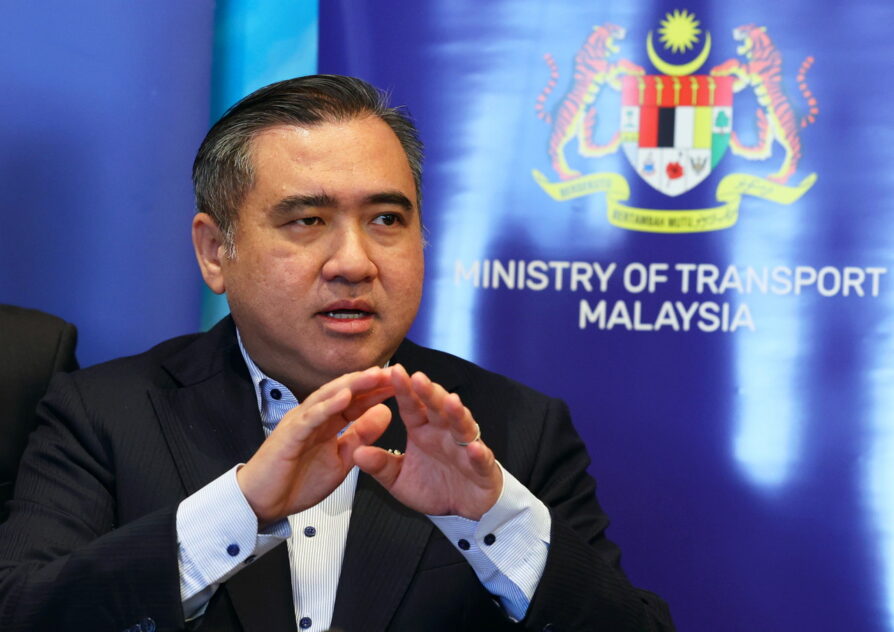I AM registered to attend the upcoming academic conference on the Bujang Valley or Kedah Tua scheduled to take place on May 19-20 at the Ascott Gurney Hotel in Penang.
I have been looking forward to this gathering of international scholars and researchers who are coming together to explore and debate the historical and archaeological significance of the Bujang Valley and its connections to regional civilisations.
However, I am dismayed by the news that the conference is being opposed by Muslim NGO Pertubuhan Kebajikan Dakwah Islamiah Malaysia (PEKIDA).

The group had staged a protest against the event after yesterday’s Friday prayers (April 11) at the entrance of the USM Mosque in Penang.
Editor’s Note: Sources claimed that it received lukewarm reception.
According to PEKIDA, the conference represents a “false history” of ancient Kedah. Strangely, they have yet to explain what exactly is false or problematic about the research and discussions expected at the event.
Wouldn’t it be more productive for PEKIDA – if they have credible scholars or researchers – to participate in the conference and offer an alternative Islamic or historical perspective on the Bujang Valley and the region’s ancient past?

Profound Hindu civilisation
Protesting without offering any intellectual or scientific rationale is both childish and irresponsible.
In fact, their actions only deepen my motivation to attend the conference. The event is expected to be a serious platform for the exchange of scholarly views based on archaeological, historical, and scientific evidence.
It is unfortunate that in a country that prides itself on education and intellectual inquiry, there are groups that choose sectarianism over dialogue.
During my time at the Institute of Southeast Asian Studies (ISEAS) between 2006 and 2008, I developed a deep interest in the history of the Bujang Valley, especially in relation to the Chola naval expeditions in the 11th century.
In 2007, I conducted field research with a colleague to examine possible landing sites of Chola ships in the valley.
It was clear that the maritime rivalry between the Chola and Srivijayan empires was a driving force behind the former’s invasions along the west coast of the Malay Peninsula, including Kedah.
‘Challenge findings academically, not via protest’
It is important to remember that Kedah Tua – Ancient Kedah – was part of a broader Southeast Asian civilisational context.
We are speaking of a region influenced by the powerful Srivijayan Empire that flourished more than three thousand years ago – long before the arrival of the Cholas from South India.
While serving in the Penang state government, I also took a strong interest in the archaeological discovery of the skeletal remains of what became known as the “Penang Woman,” dated to around 5,700 years ago during the Neolithic period.
This and other discoveries only underscore the depth of history that lies beneath our feet. Nobody is suggesting that everything presented at such conferences must be accepted uncritically.
That is not the nature of academic inquiry. But if groups like PEKIDA have something meaningful to contribute to the understanding of Kedah’s ancient history, they should present it through scholarly discourse – not threats or protests.
Instead of contributing to the rich and growing body of archaeological and historical knowledge, they have chosen to undermine it.
No religion in the world is against the pursuit of knowledge. On the contrary, knowledge should be embraced, debated, refined – and celebrated. – April 12, 2025
Former DAP stalwart and Penang chief minister II Prof Ramasamy Palanisamy is chairman of the United Rights of Malaysian Party (Urimai) interim council.
The views expressed are solely of the author and do not necessarily reflect those of Focus Malaysia.









